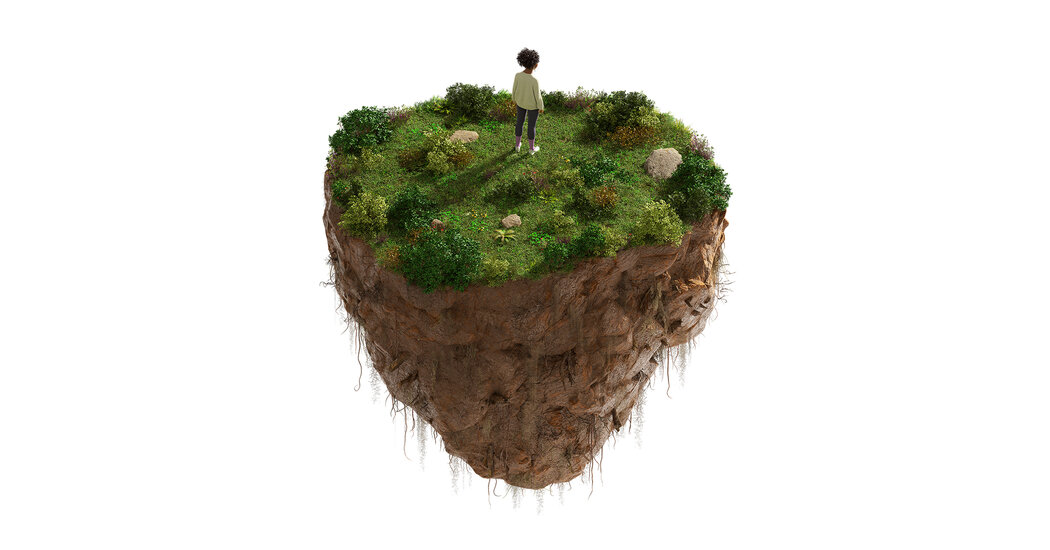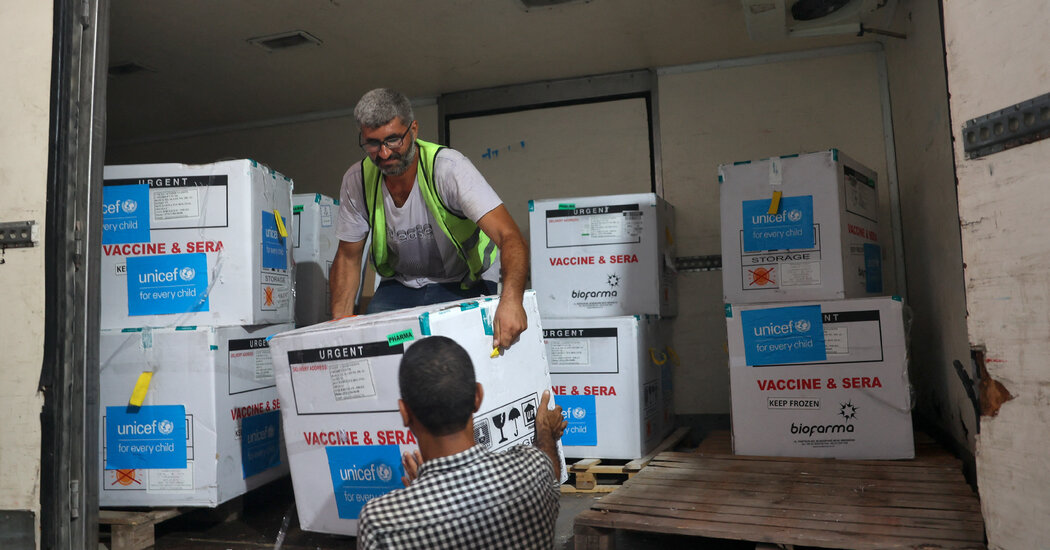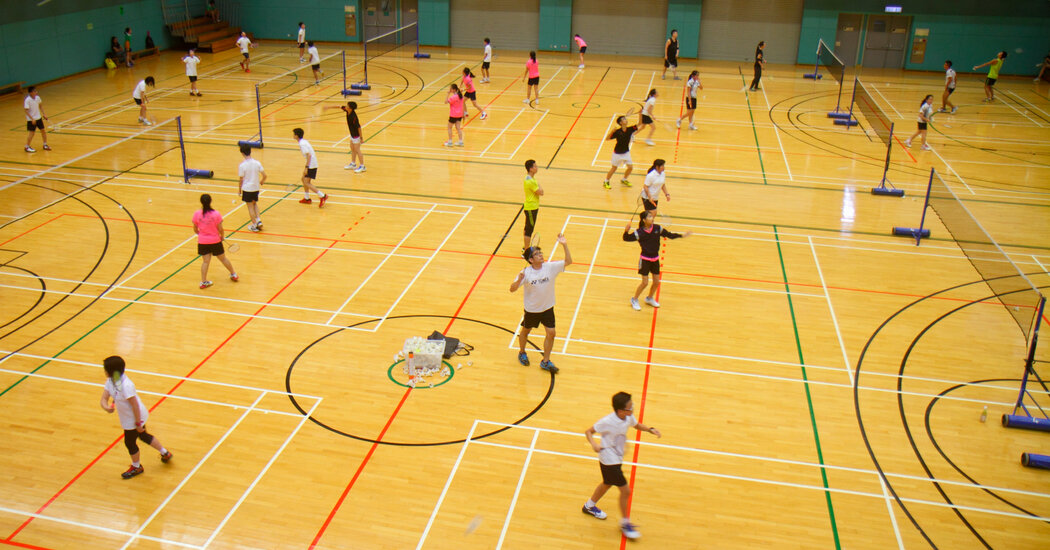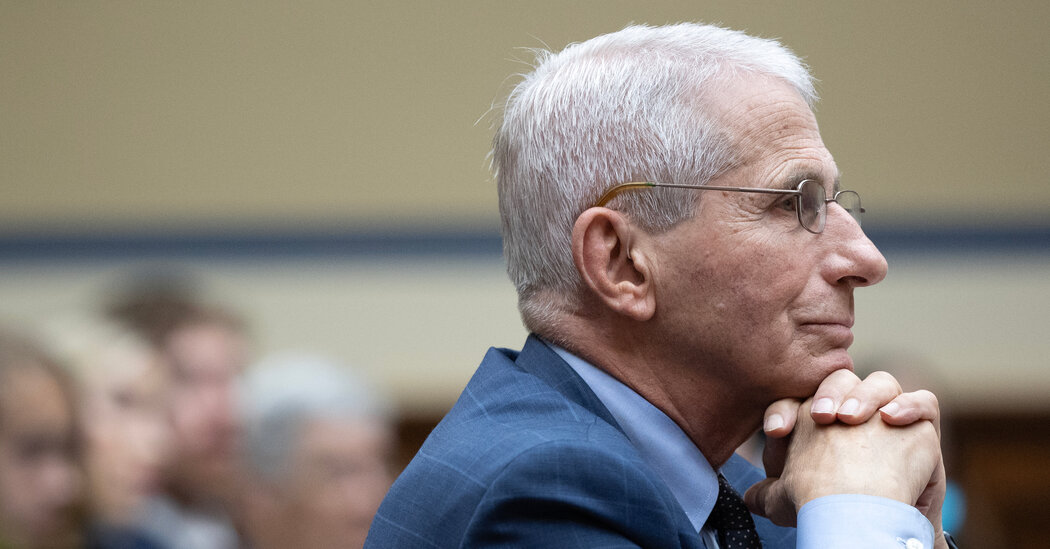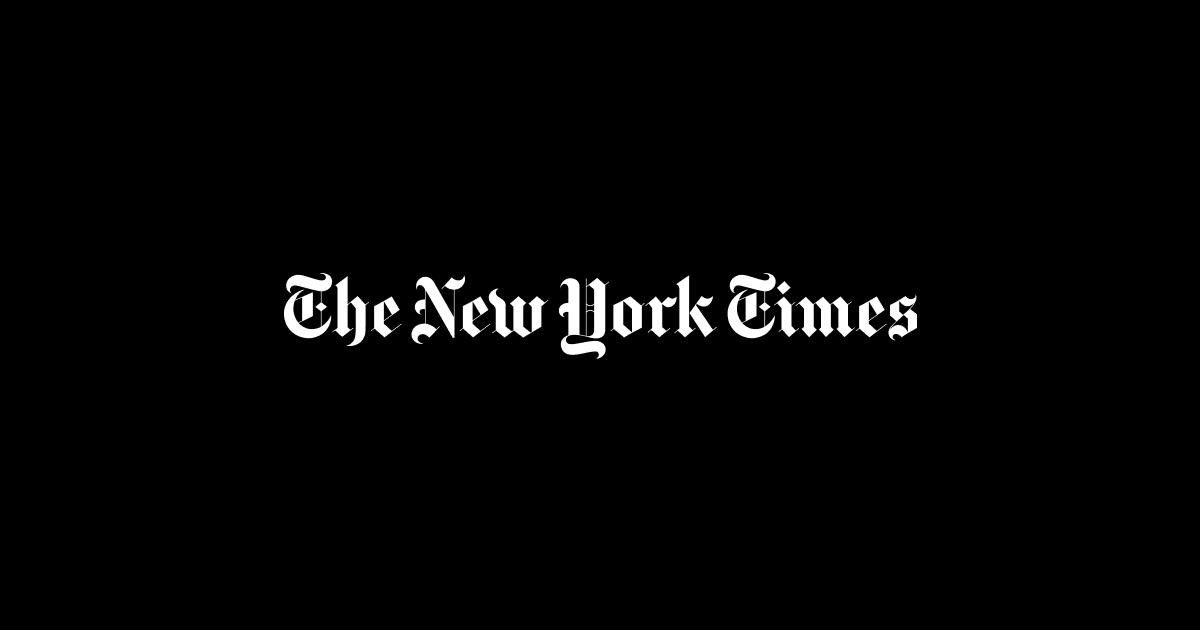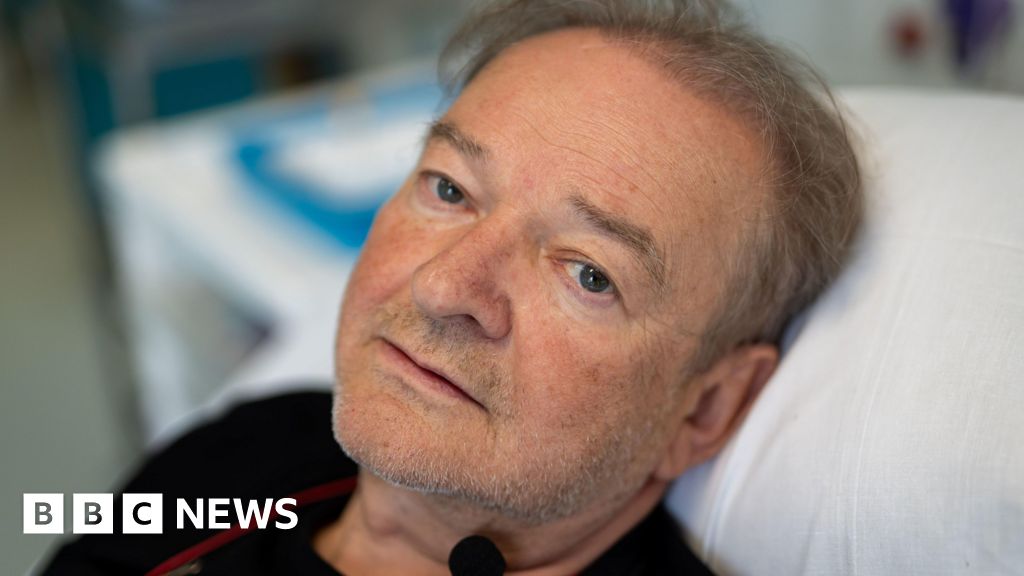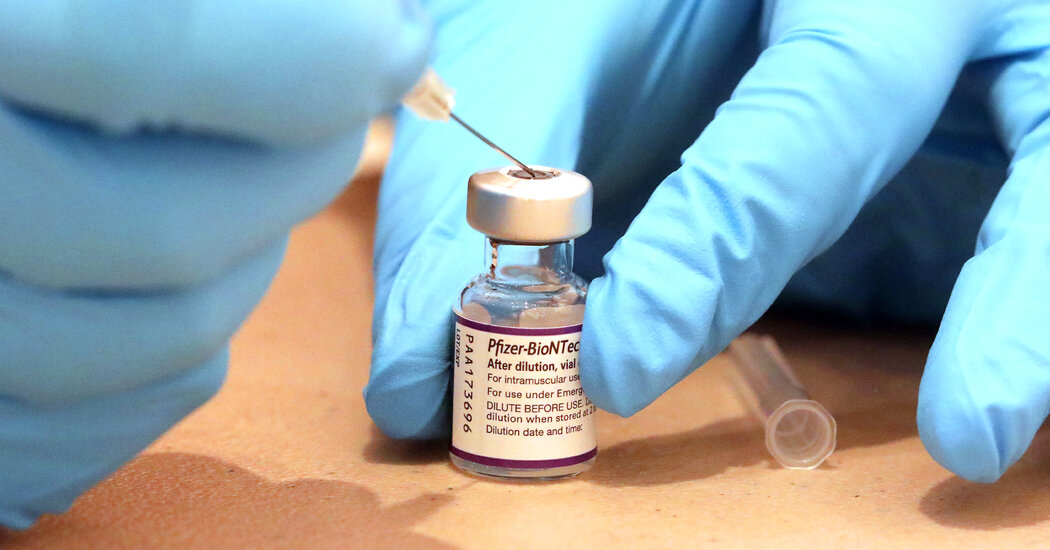Why Is the Loneliness Epidemic so Hard to Cure?
In the early months of 2020, as the Covid-19 pandemic settled over the country, a psychologist and Harvard lecturer named Richard Weissbourd approached his colleagues with a concept for a new kind of study. Loneliness, or the specter of it, seemed to Weissbourd to be everywhere — in the solitude of quarantine, in the darkened windows of the buildings on campus, in the Zoom squares that had come to serve as his primary conduit to his students. Two years earlier, he read a study from Cigna, the insurance provider, showing that 46 percent of Americans felt sometimes or always alone. In 2019, when Cigna replicated the study, the number of lonely respondents had grown to 52 percent. God knows what the data would say now, Weissbourd thought.Listen to this article, read by James Patrick Cronin“Initially, the idea was, OK, we’ve got a problem that’s not new but is obviously affecting lots of us, and that is now more visible than ever — it’s more present than ever,” Weissbourd told me. “What I really wanted was to get under the hood. Like, what does loneliness feel like to the lonely? What are the potential consequences? And what’s causing it?”Finding answers to these types of questions is a notoriously difficult proposition. Loneliness is a compound or multidimensional emotion: It contains elements of sadness and anxiety, fear and heartache. The experience of it is inherently, intensely subjective, as any chronically lonely person can tell you. A clerk at a crowded grocery store can be wildly lonely, just as a wizened hermit living in a cave can weather solitude in perfect bliss. (If you want to infuriate an expert in loneliness, try confusing the word “isolation” with “loneliness.”) For convenience’ sake, most researchers still use the definition coined nearly three decades ago, in the early 1980s, by the social psychologists Daniel Perlman and Letitia Anne Peplau, who described loneliness as “a discrepancy between one’s desired and achieved levels of social relations.” Unfortunately, that definition is pretty subjective, too.In order to understand the current crisis, Weissbourd, who serves as the faculty director of Making Caring Common — a Harvard Graduate School of Education project that collects and disseminates research on health and well-being — created a 66-question survey, which would be mailed to approximately 950 recipients around the United States. With the exception of a couple of straightforwardly phrased items — “In the past four weeks, how often have you felt lonely?” — a majority of the queries devised by Weissbourd and the project’s director of research and evaluation, Milena Batanova, approached the issue elliptically, from a variety of angles: “Do you feel like you reach out more to people than they reach out to you?” “Are there people in your life who ask you about your views on things that are important to you?” Or: “Has someone taken more than just a few minutes to ask how you are doing in a way that made you feel they genuinely cared?”Several weeks later, the raw results were sent back to Weissbourd. “Frankly, I was knocked back,” he told me. “People were obviously really, really suffering,” and at a scale that dwarfed other findings on the topic. Thirty-six percent of the respondents reported feeling chronic loneliness in the previous month, with another 37 percent saying they experienced occasional or sporadic loneliness. As Weissbourd and Batanova had hoped, the answers to subsequent questions helped clarify why. Among the cohort identifying as lonely, 46 percent said they reached out to people more than people reached out to them. Nineteen percent said no one outside their family cared about them at all.We are having trouble retrieving the article content.Please enable JavaScript in your browser settings.Thank you for your patience while we verify access. If you are in Reader mode please exit and log into your Times account, or subscribe for all of The Times.Thank you for your patience while we verify access.Already a subscriber? Log in.Want all of The Times? Subscribe.
Read more →
